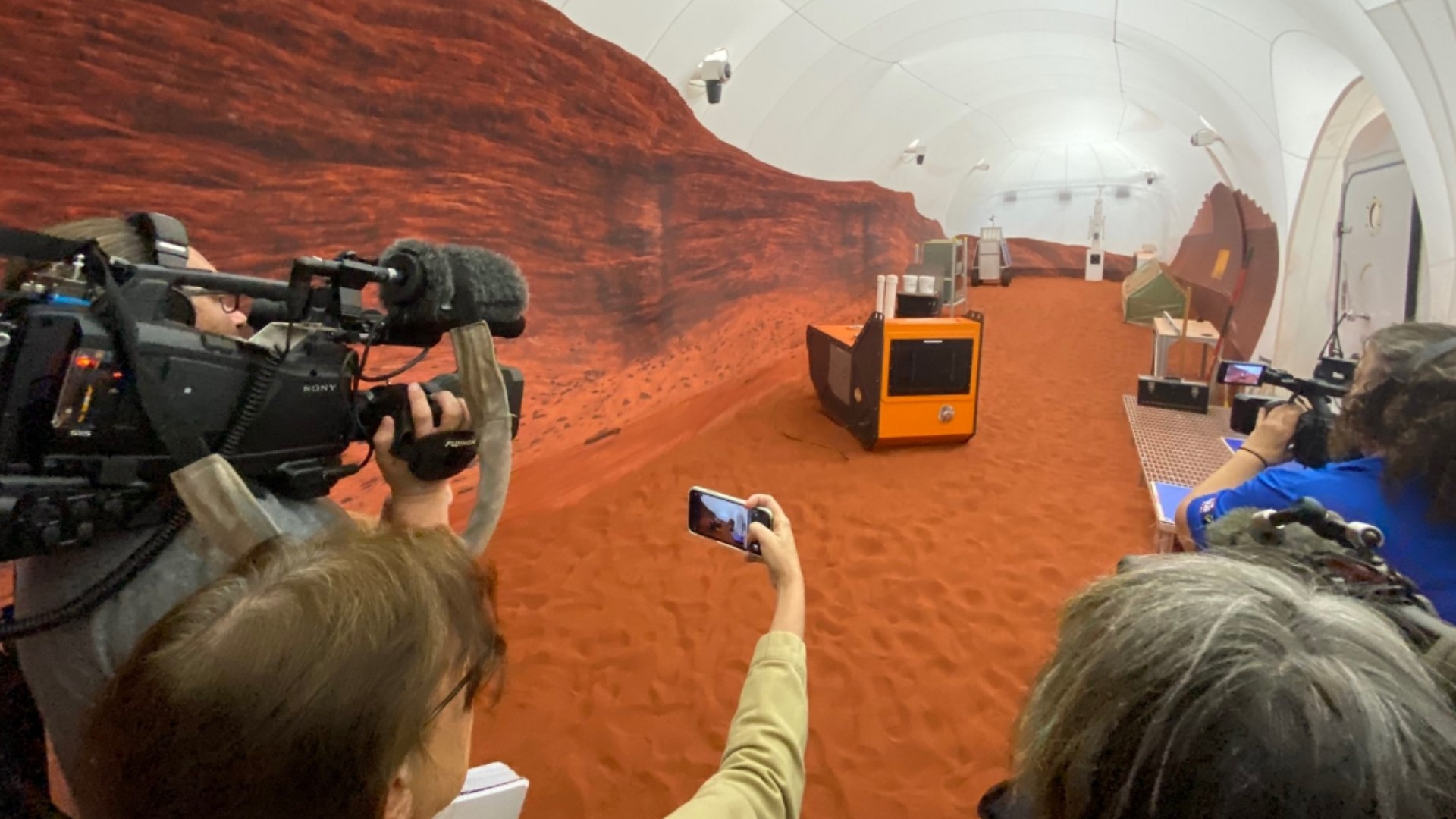HOUSTON — Mars may be 145 million miles from Earth but missions to the red planet could possibly come as soon as the 2030s.
"So, this is a really good insight to see if that’s even impossible,” NASA researcher Dr. Suzanne Bell said.
Bell is part of the team behind CHAPEA, or Crew Health and Performance Exploration Analog.
"It’s an isolation and confinement mission for a year with a crew of four,” fellow researcher Dr. Grace Douglas said.
Four astronaut-like paid volunteers will spend 12 months in a 1,700-square-foot habitat that houses things like tiny bedrooms, a living space, an area to grow food and a medical bay.
"We actually are collecting a lot of biological samples throughout the mission to evaluate health,” Douglas said.
The habitat is a 3D-printed structure built inside a large warehouse at Johnson Space Center.
The crew will be monitored 24-7 and will perform simulated spacewalks and other activities only without a lack of gravity. There's even an area known as the "sandbox" that's meant to mimic the Mars surface. NASA even went as far as to dye a bunch of sand the color red.
"It's really wonderful how we can go up to a year of isolation and confinement with a lot of resource-restrictive food, water other things that we’re expecting with Mars,” Bell said.
Psychological and physiological impacts are among the things that will be studied before data helps design future Mars missions.
The volunteers taking part in CHAPEA, all of whom were selected through a rigorous application process, will be revealed in the coming weeks.

